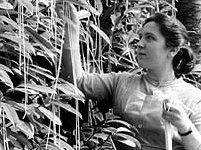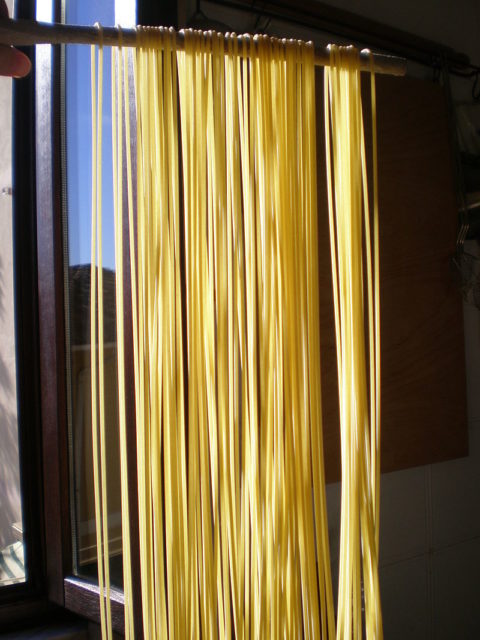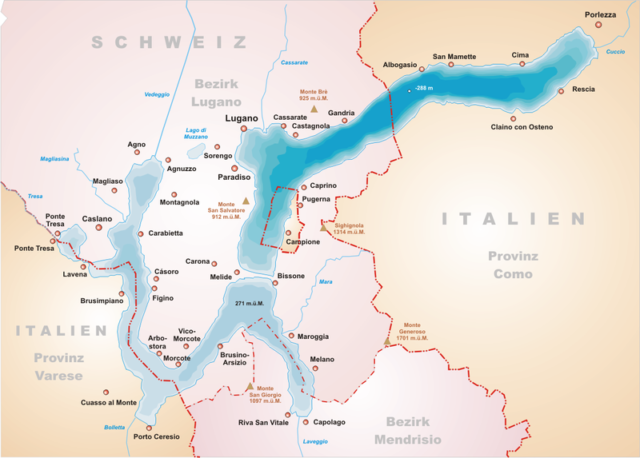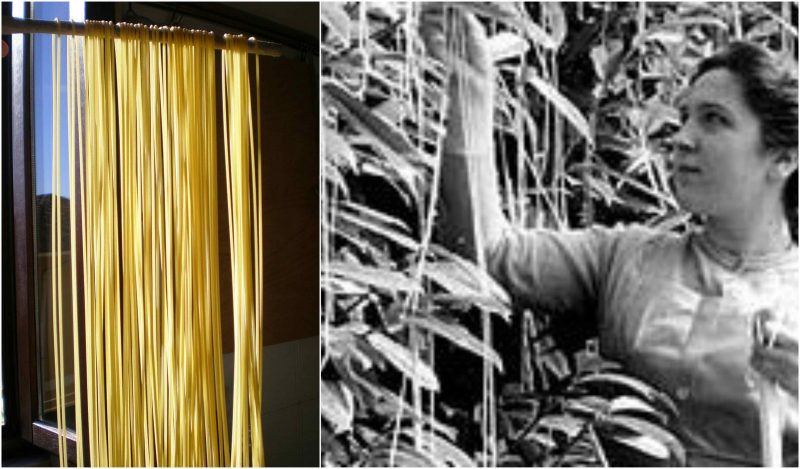In 1957, the British Broadcasting Corporation broadcasted a three-minute report on a current affairs program Panorama, about a spaghetti tree in the south of Switzerland.
It was supposed to be their joke for April Fools’ Day and the audience was supposed to laugh, not to call the BBC and ask them how to grow their own spaghetti tree.

In 1957, for the first of April, the BBC produced a report narrated by the BBC broadcaster Richard Dimbleby about a family in Ticino, Switzerland gathering their annual spaghetti harvest.
The report shows how people gather the spaghetti hanging on the tree and putting it to dry in the sun.
The cameraman of the program, Charles de Jaeger, remembered that when he was a student in elementary school in Austria, his teachers sometimes teased the children that if they were told that spaghetti grew on trees, they would believe it (which meant that the children were being stupid).
He never thought that so many people would call the BBC and ask them how to gain spaghetti seeds.

Jaeger was given £100 by the editor of Panorama, Michael Peacock, to make the video. And the recognizable voice of Richard Dimbleby was supposed to make the video sound more genuine and even funnier. Dimbleby himself loved the idea of producing such a joke for April’s Fools.
Some scenes of the video were shot in the Pasta Foods factory on London Road in Hertfordshire and at a hotel in Castagnola, Switzerland.
In the video, Dimbleby explained that the end of March is very hard for the Spaghetti harvesters in Europe because of the possible frosts which might damage the delicacy of the spaghetti.
Another thing he says is that each strip rises to the same length due to the long and hard work over many generations of Spaghetti growers.

At the time, spaghetti (and pasta in general) weren’t common foods in Britain. And even though most people were aware that pasta is not something that grows on a tree, still hundreds of an estimated eight million people who watched the report, called the BBC to get more information about spaghetti cultivation.
The BBC reportedly told them to “place a sprig of spaghetti in a tin of tomato sauce and hope for the best.”
The Spaghetti hoax was named to be “the biggest hoax that any reputable news establishment ever pulled” by CNN.
